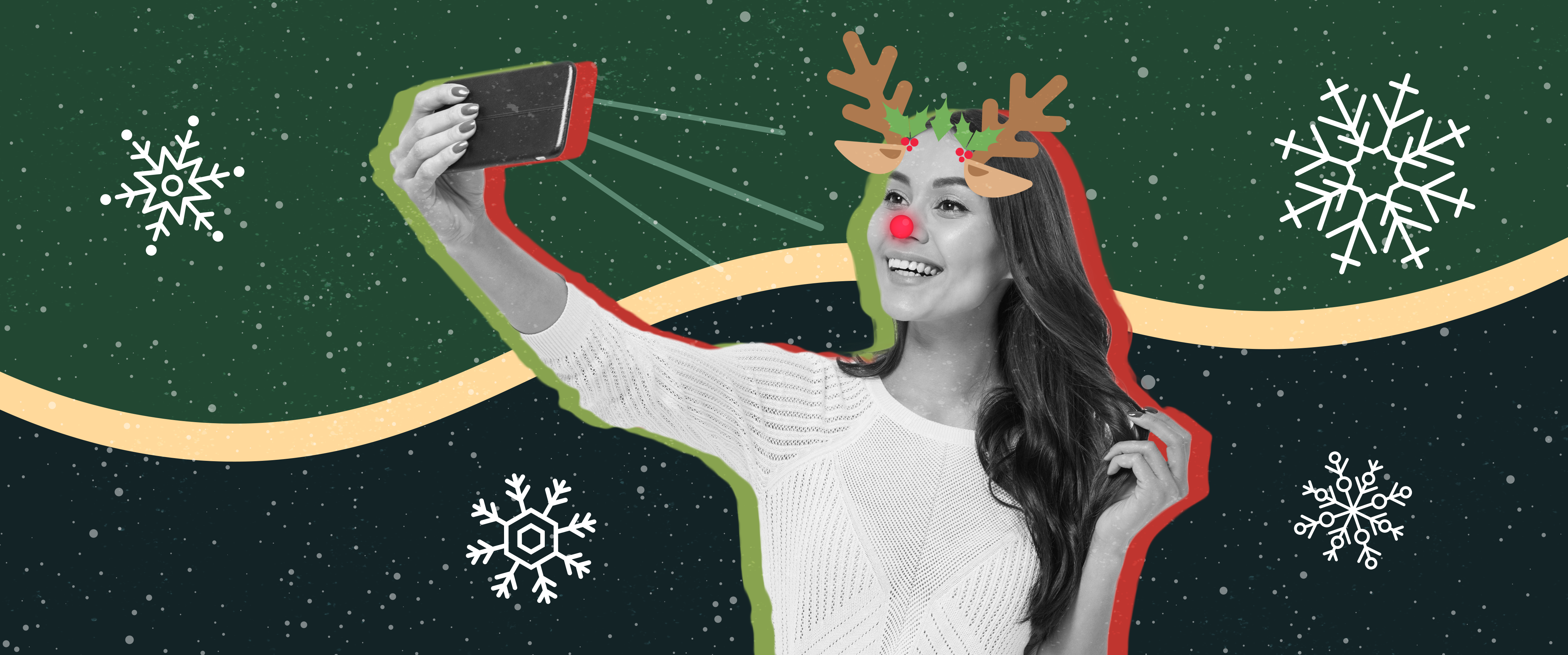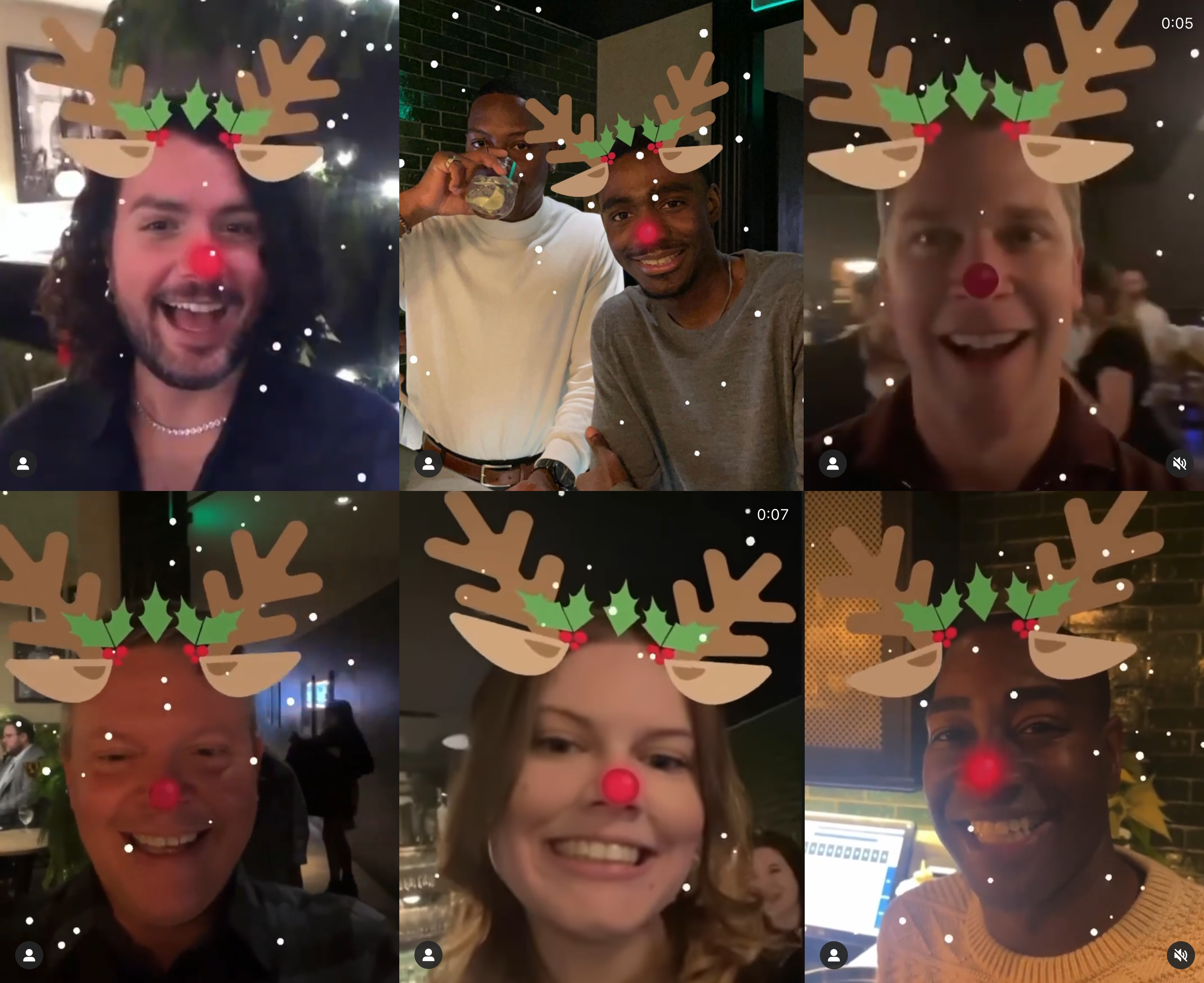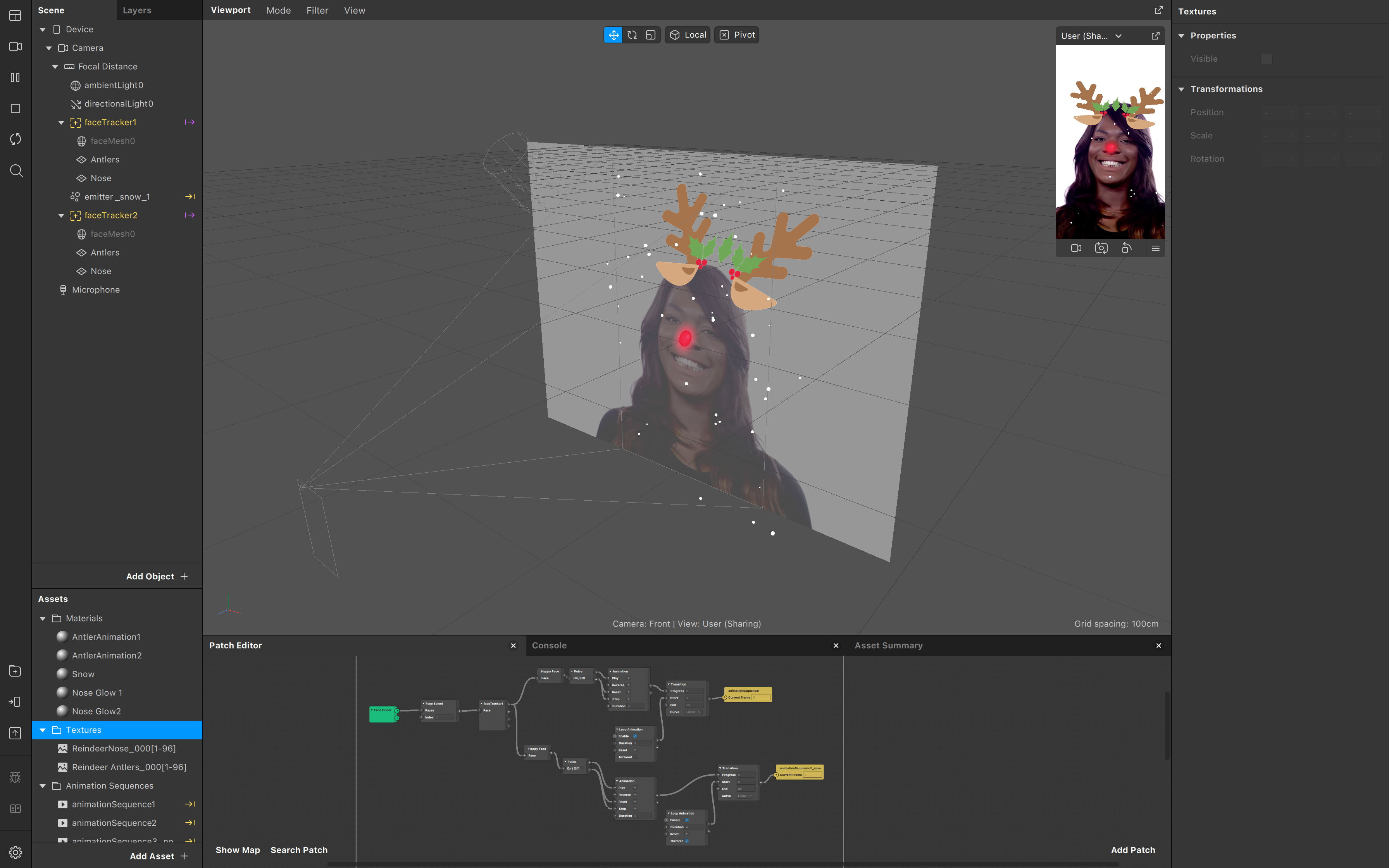Augmented reality (AR) probably sounds like a daunting concept to most people at first, but if you’ve spent much time on social media there’s a chance you’ve seen or used AR in action. Thanks to social media, anyone can get their hands on AR and play around with it, whether you use it to have the Snapchat dancing hotdog in your living room or try on a new makeup look.
It’s important to note that AR is not the same as VR. Augmented reality can be used for museum exhibitions, theater, healthcare, and really anything that serves a purpose for having digitally created elements interact with the real world environment, while virtual reality (VR) creates an entire environment virtually in which the user is immersed.
Facebook and Snapchat already have their own AR development programs, and one from TikTok is in the works. These softwares allow developers and creators to participate in the process, giving anyone the opportunity to create their own social AR filter or experience.
With ChatterBlast, I recently had the opportunity to create my first AR filter for Instagram. Along with the help of our design intern Annais, we came up with a few holiday themed concepts before landing on the reindeer.
As a designer, I’m used to learning how to do new things, and adapting to new processes of creating work, whether it be in 2D or 3D softwares. Learning how to create this AR filter in Facebook’s Spark AR was an interesting combo between the two very different processes. When working in Spark AR, the creator can choose to work with 3D elements and shapes or 2D illustrations and effects.
One of the strangest things for me while developing this filter was working with our 2D shapes within this 3D space. I haven’t done much work in the 3D space since college, so it felt good to dust off that toolbelt and dive into that workflow again.
The way Spark AR is set up, there’s a viewport in the center that lets you position your camera, and your elements based on the face trackers. There’s also an assets panel that stores all your materials and assets that you import. For example, because we had animated 2D elements, we had to animate them in another program and import them into Spark AR as a transparent image sequence.
The last important part to note is the patch editor, which allows me to link all the effects in a proper order so our reindeer effect can have a red glowing nose and wiggly ears when the user smiles. I think the most important thing for anyone looking to create an AR filter is to have a plan of what you want to do from the beginning. It’s easy to make the connections in the patch editor an afterthought, but that is the part that makes the whole thing function.
Augmented reality is only getting more popular as time goes on, and I don’t see any stopping point in the future. As I’m writing this, Google just posted opportunities for their new augmented reality division on their staff. Meta is fully investing in “expanding the Metaverse” by financing creators while continuing to develop and innovate their AR platforms and experiences. Adobe also has an app in beta called Aero that focuses more on developing experiences to combine with the real world as opposed to social media usage.
This is the time for brands to start utilizing this technology and branch into something new. Engaging with an Instagram filter is a much more personal experience than liking an image on your feed. As people continue to share the filter, the name of the brand will be listed underneath the user who shared it, giving people easy access to not only share it themselves but also discover a new brand along the way.
If you’re interested in checking out our filter, head on over to the ChatterBlast Instagram page. Tap on the icon featuring the three sparkle stars. Once you select the preview video, click the “Try on” button where you can try it for yourself. All you have to do now is take a photo or a video — and for an added bonus, smile to see your nose glow like Rudolph’s!





